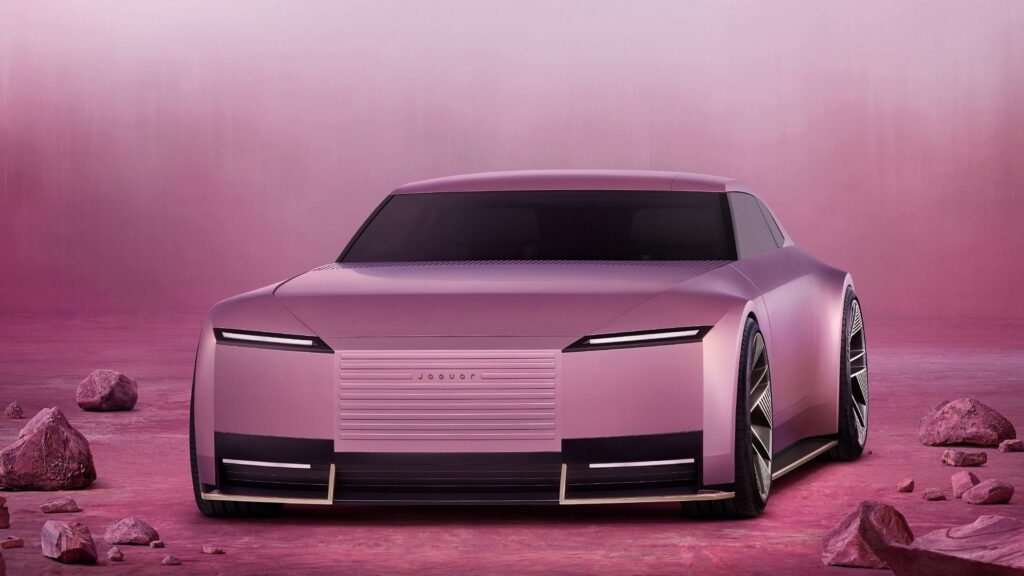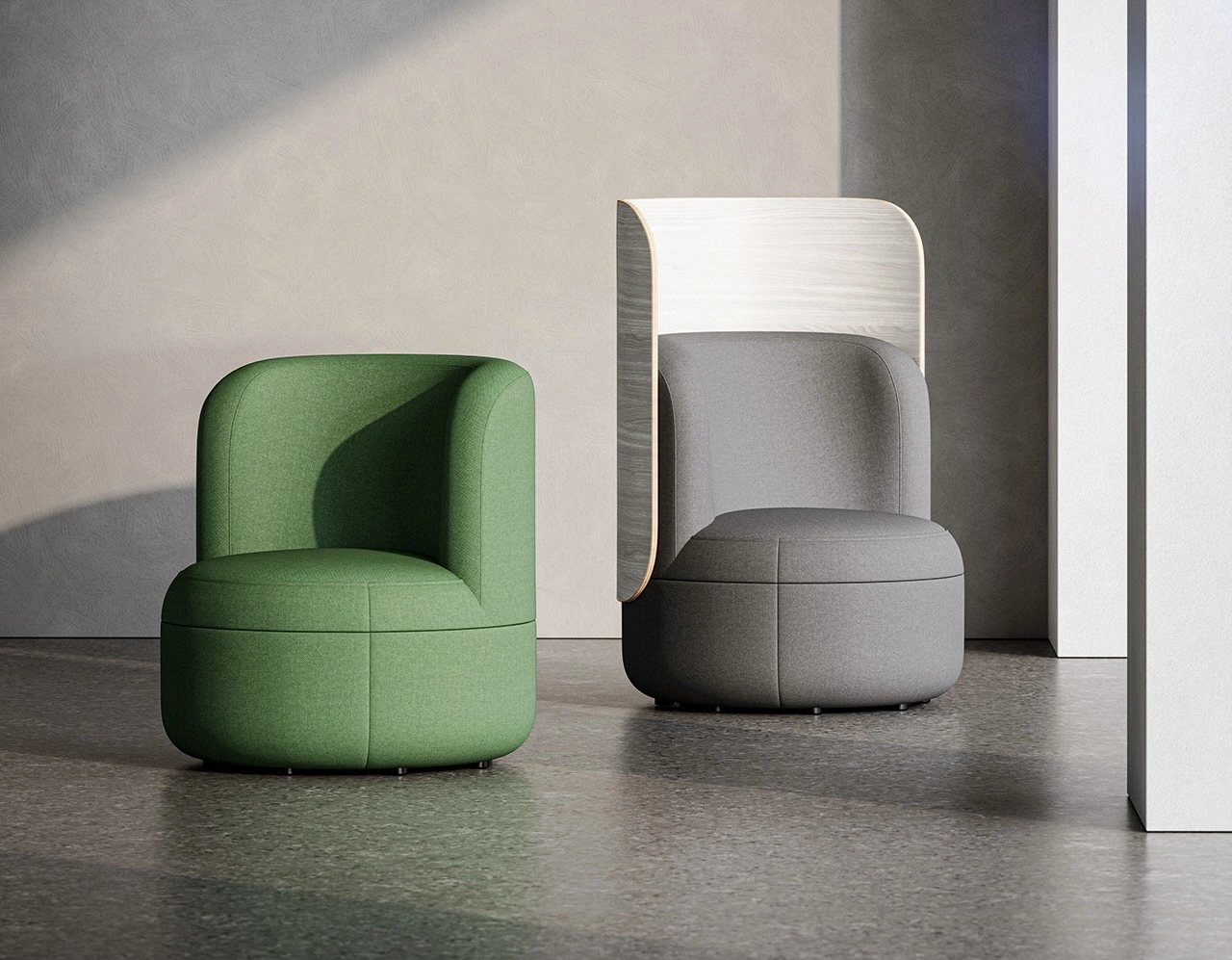Despite the criticism, the Type 00’s bold redesign aligns with Jaguar’s history more closely than you might expect.
When Jaguar unveiled its Type 00 concept car, it sent shockwaves through the automotive world. The sleek, futuristic design—featuring angular lines, an aggressive front fascia, and aerodynamic curves—marked a dramatic departure from the brand’s traditionally elegant and understated aesthetic. Enthusiasts and critics alike were quick to label the redesign as “radical” and “un-Jaguar-like.” But is it truly a deviation from the British automaker’s roots? A closer examination reveals that the Type 00 may be more in tune with Jaguar’s storied history than its detractors would like to admit.
The Shock Factor: The Type 00’s Polarizing Aesthetic
At first glance, the Type 00 doesn’t immediately scream “Jaguar.” Its aggressive design language, punctuated by sharp angles and bold lighting elements, appears more in line with brands like Lamborghini or Tesla than Jaguar’s historically graceful silhouettes. The interior, filled with cutting-edge technology, minimalist controls, and sustainable materials, has similarly been described as futuristic and even jarring by traditionalists.
But this bold departure might be exactly what Jaguar needs. The company has been vocal about its plans to transition to an all-electric lineup by 2030, and the Type 00 is a statement of intent—a car designed not just to compete, but to redefine the brand’s identity in a rapidly changing automotive landscape.
A History of Bold Choices
While some see the Type 00 as an outlier, Jaguar’s history tells a different story. The brand has never shied away from taking bold risks. In fact, Jaguar has a long legacy of innovative and daring designs that have redefined automotive norms.
The Birth of the XK120
In 1948, Jaguar introduced the XK120, a car that would become one of the most iconic designs in automotive history. At the time, the XK120 was revolutionary. Its long hood, flowing fenders, and low-slung body stood in stark contrast to the more conservative designs of its contemporaries. The XK120 wasn’t just a design triumph—it was also the fastest production car in the world at the time, living up to Jaguar’s ethos of “grace, space, and pace.”
The E-Type: A Revolutionary Icon
Fast forward to 1961, and Jaguar launched the E-Type. With its aerodynamic design, lightweight construction, and groundbreaking performance, the E-Type was a radical car for its time. Enzo Ferrari famously called it “the most beautiful car ever made.” The E-Type’s influence extended far beyond its era, cementing Jaguar’s reputation as a brand that pushed the boundaries of design and engineering.
The XJ220: Supercar Ambitions
In the early 1990s, Jaguar stunned the world with the XJ220, a car that was a radical departure from anything the brand had previously produced. As one of the fastest supercars of its time, the XJ220 combined sleek, futuristic design with cutting-edge technology. Despite facing criticism for not delivering on every promise (notably the switch from a V12 to a twin-turbocharged V6), the XJ220 showcased Jaguar’s willingness to dream big and break conventions.
The F-Type and Concept C-X75
More recently, Jaguar’s F-Type has carried the torch as a modern reinterpretation of the brand’s classic sports car DNA. Similarly, the 2010 C-X75 concept demonstrated Jaguar’s commitment to forward-thinking design. The hybrid hypercar concept combined a breathtakingly futuristic design with advanced aerodynamics and hybrid powertrain technology, foreshadowing the direction the brand is now taking with the Type 00.
Why the Type 00 is a Natural Evolution
The Type 00’s design may appear shocking to some, but it is deeply rooted in Jaguar’s tradition of innovation and boldness. Just as the XK120, E-Type, and XJ220 defied expectations in their respective eras, the Type 00 challenges preconceptions about what a Jaguar should look like in the 21st century.
Embracing Electrification
With the global shift toward electrification, Jaguar’s pivot to an all-electric lineup is not just timely but essential. The Type 00’s sharp, futuristic aesthetic mirrors the cutting-edge technology that lies beneath its surface, including next-generation electric powertrains, advanced driver-assistance systems, and a focus on sustainability. Jaguar’s decision to fully embrace this future is consistent with its history of leading rather than following.
Design for the Future
The Type 00 also signals Jaguar’s commitment to appealing to a younger, tech-savvy audience. Its bold styling is designed to stand out in an increasingly crowded EV market, where design plays a critical role in differentiating brands. By breaking away from its traditional aesthetic, Jaguar is positioning itself as a forward-thinking brand that isn’t afraid to reinvent itself.
Honoring Heritage While Looking Forward
Although the Type 00’s design may seem radical, it still pays homage to Jaguar’s heritage in subtle ways. Its long hood, cab-rearward proportions, and flowing roofline nod to classic Jaguar design elements, while its innovative use of materials and advanced aerodynamics echo the brand’s history of engineering excellence.
A Polarizing Reception
Predictably, the Type 00 has drawn mixed reactions from enthusiasts and critics. Some lament the departure from Jaguar’s classic elegance, while others praise the bold direction as a necessary step to remain competitive. However, this polarizing reception is nothing new for Jaguar. The E-Type was initially met with skepticism for its unconventional design, and the XJ220 faced criticism for its ambitious engineering. Over time, both cars came to be celebrated as icons.
In many ways, the Type 00’s reception mirrors the initial reactions to these past models. Bold designs often take time to be appreciated, and Jaguar is betting that the Type 00 will ultimately be seen as a pivotal moment in its history.
The Broader Context: Redefining Luxury
Jaguar’s reinvention with the Type 00 is part of a broader shift in the luxury automotive market. Brands like Porsche, Tesla, and Lucid Motors are redefining what luxury means in the electric era, focusing on technology, sustainability, and bold design. To remain competitive, Jaguar must adapt—and the Type 00 is a clear statement of its intent to do so.
Sustainability as a Cornerstone
One of the most significant aspects of the Type 00 is its focus on sustainability. Jaguar has committed to using recycled and renewable materials in its new models, and the Type 00 showcases this commitment with its eco-friendly interior and energy-efficient design. This focus aligns with the expectations of modern luxury consumers, who increasingly value sustainability as much as performance and style.
Technology-Driven Luxury
The Type 00’s interior is a testament to Jaguar’s embrace of technology-driven luxury. From its minimalist design to its advanced infotainment and driver-assistance systems, the car offers a seamless blend of style and functionality. This tech-first approach is crucial for attracting younger buyers who prioritize connectivity and innovation.
Impression
The Type 00 represents a bold new chapter for Jaguar, but it is far from a break with tradition. Throughout its history, Jaguar has consistently pushed boundaries, embracing bold designs and innovative engineering to redefine what a luxury car can be. The Type 00 continues this legacy, offering a radical yet authentic vision for the future of the brand.
As the automotive world transitions to electrification, Jaguar’s willingness to embrace change with models like the Type 00 is not just admirable—it’s essential. While some may initially see the car as a departure from Jaguar’s past, a closer look reveals that it is, in fact, a continuation of the brand’s enduring commitment to grace, space, and pace. The Type 00 may be radical, but it is also quintessentially Jaguar.
No comments yet.








